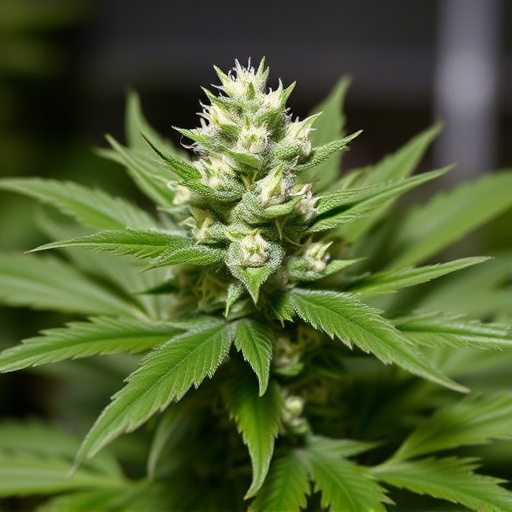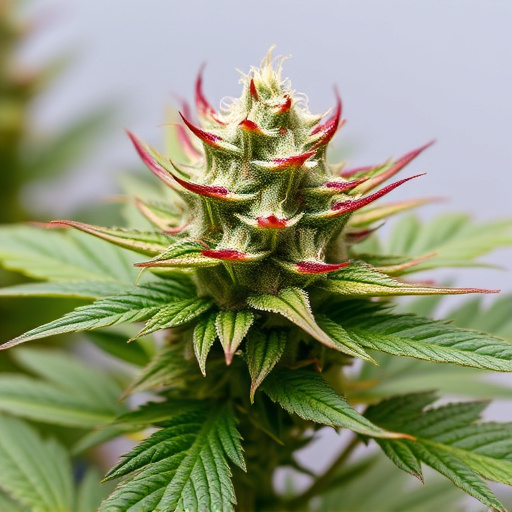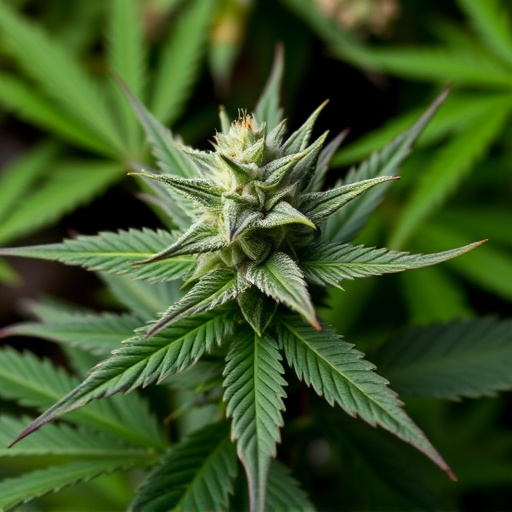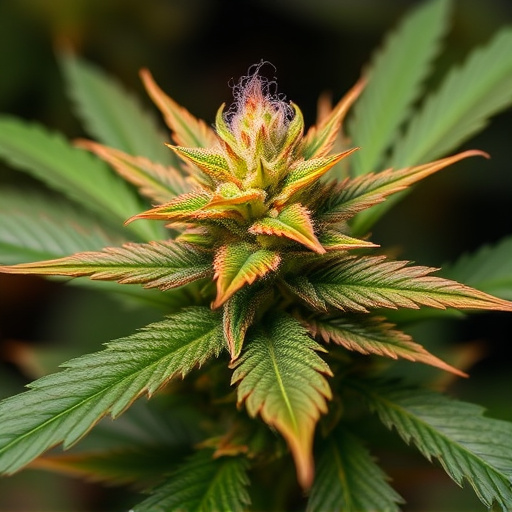Understanding the unique effects of cannabinoids THC and CBD is crucial for selecting the best medical cannabis strains to address specific health concerns. THC offers relaxation, pain relief, anti-inflammatory, analgesic, and neuroprotective properties, while non-psychoactive CBD treats anxiety, epilepsy, and skin conditions. The best strains vary based on individual needs: Indica-dominant varieties for chronic pain, Sativa strains high in CBD for anxiety and insomnia, and hybrid strains for epilepsy. Consulting a healthcare provider or budtender is essential to identify optimal strains matching specific medical conditions. New users should start with lower THC strains, while experienced users can explore higher potencies. Consistency in dosage and strain selection maximizes therapeutic benefits and minimizes side effects.
Discover the power of medical cannabis and explore which strains are best suited to alleviate specific conditions. This comprehensive guide provides an in-depth look at cannabinoids, their effects on the body, and how certain strains can offer relief for a range of medical ailments. From anxiety and chronic pain to epilepsy and inflammation, understand the science behind the best medical cannabis strains for your needs.
- Understanding Cannabinoids and Their Effects
- Common Medical Conditions and Suitable Strains
- Patient Considerations for Strain Selection
Understanding Cannabinoids and Their Effects
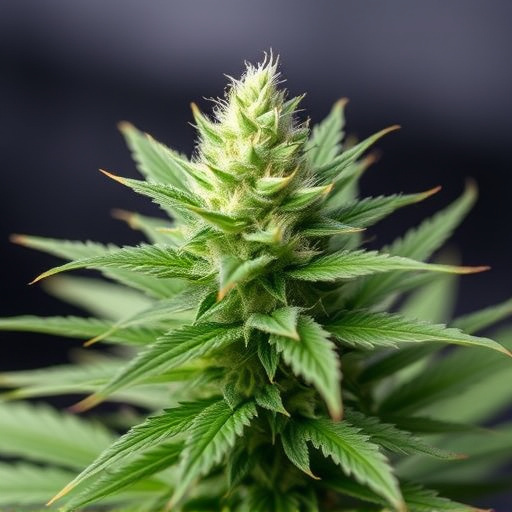
Cannabis contains numerous cannabinoids, each with unique effects on the body and mind. Understanding these compounds is crucial for determining which strains are best suited to address specific medical conditions. Two major cannabinoids, THC (tetrahydrocannabinol) and CBD (cannabidiol), have garnered significant attention for their potential therapeutic benefits.
THC is known for its psychoactive properties, inducing feelings of euphoria and relaxation. However, it also exhibits anti-inflammatory, analgesic, and neuroprotective effects, making it beneficial for conditions like chronic pain, multiple sclerosis, and arthritis. On the other hand, CBD lacks psychoactive effects but has shown promise in treating anxiety, epilepsy, and certain skin conditions due to its anti-seizure, anti-inflammatory, and antimicrobial properties. Exploring best medical cannabis strains involves considering these cannabinoids’ ratios and their specific impacts on various health issues.
Common Medical Conditions and Suitable Strains
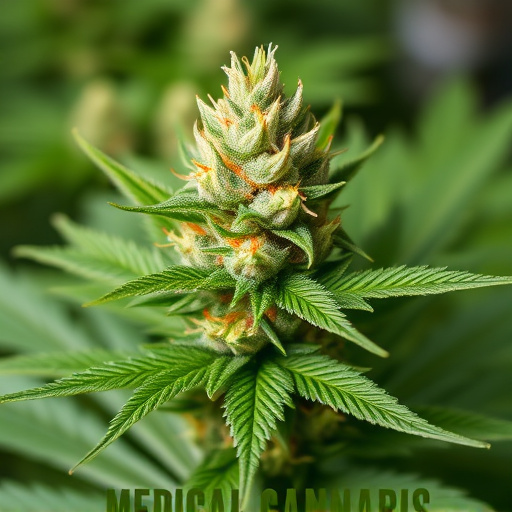
Cannabis has gained recognition for its potential therapeutic benefits, and various strains have been found effective in treating different medical conditions. When considering the best medical cannabis strains, it’s essential to match the specific needs of patients with the unique properties of each strain. Common medical conditions that many turn to cannabis to alleviate include chronic pain, inflammation, anxiety, insomnia, and epilepsy.
For chronic pain management, Indica-dominant strains are often recommended due to their sedating effects and ability to relax muscles. Strains like Granddaddy Purple, Northern Lights, and Green Crackle have shown promise in providing relief from neuropathic pain and arthritis. On the other hand, Sativa strains with high CBD content can be beneficial for anxiety and insomnia. Examples include Blue Dream, Banana Kush, and Charlotte’s Web, known for their uplifting effects and calming properties without causing excessive sedation. Epilepsy patients might find relief from certain hybrid strains that balance THC and CBD, such as AC/DC or Harlequin.
Patient Considerations for Strain Selection
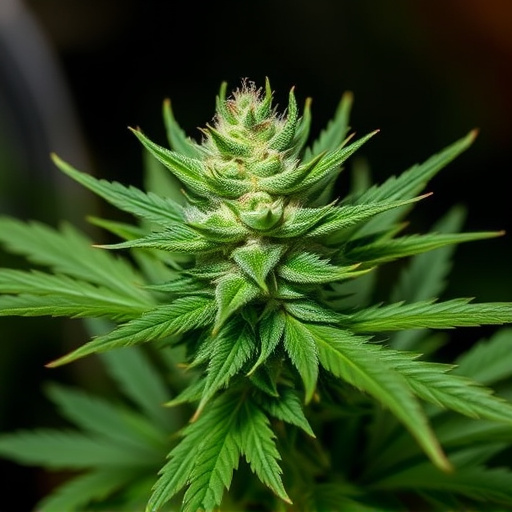
When considering medical cannabis, patients should start by consulting with a healthcare provider or qualified budtender to determine the best strain for their specific condition. Different strains have unique chemical profiles, known as cannabinoids and terpenes, which can interact with the body’s endocannabinoid system in various ways. For example, Indica strains are often recommended for conditions like anxiety, insomnia, and chronic pain due to their relaxing and sedative effects, while Sativa strains may be more suitable for treating symptoms of depression, fatigue, and lack of appetite.
Additionally, patients should take into account factors such as tolerance, desired effect, and method of consumption. Those new to cannabis may want to start with lower THC (the primary psychoactive compound) strains to avoid overwhelming sensations, while experienced users might seek out more potent options. Consistency in dosage and strain can help patients find their sweet spot, ensuring they receive the maximum therapeutic benefits without adverse side effects.
When selecting the best medical cannabis strains, understanding cannabinoids and their effects is crucial. Different conditions respond best to specific profiles of THC and CBD levels. By considering patient-specific factors and consulting with a healthcare provider or cannabis specialist, individuals can find the most suitable strains for managing their symptoms. Remember that what works for one condition may not work for another, so tailored approach is essential when exploring the potential benefits of medical cannabis.

